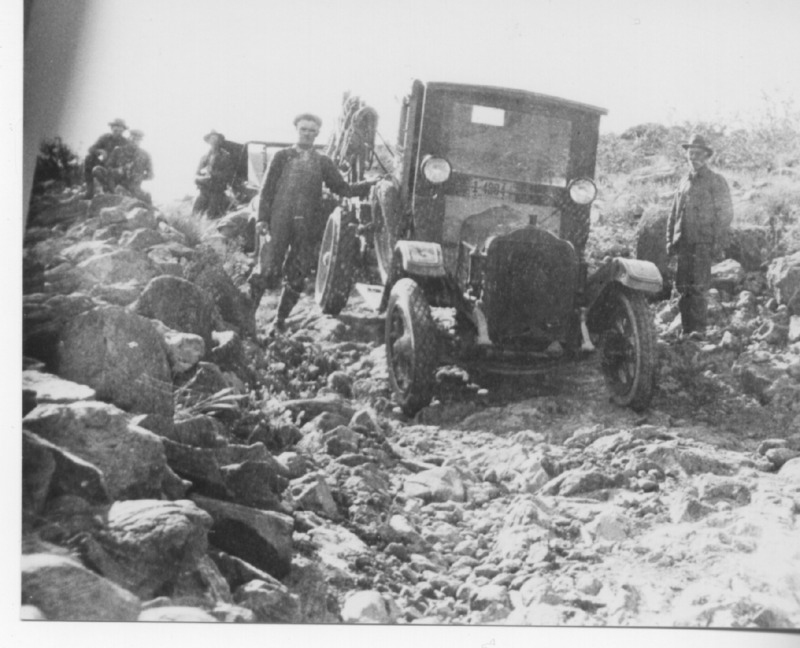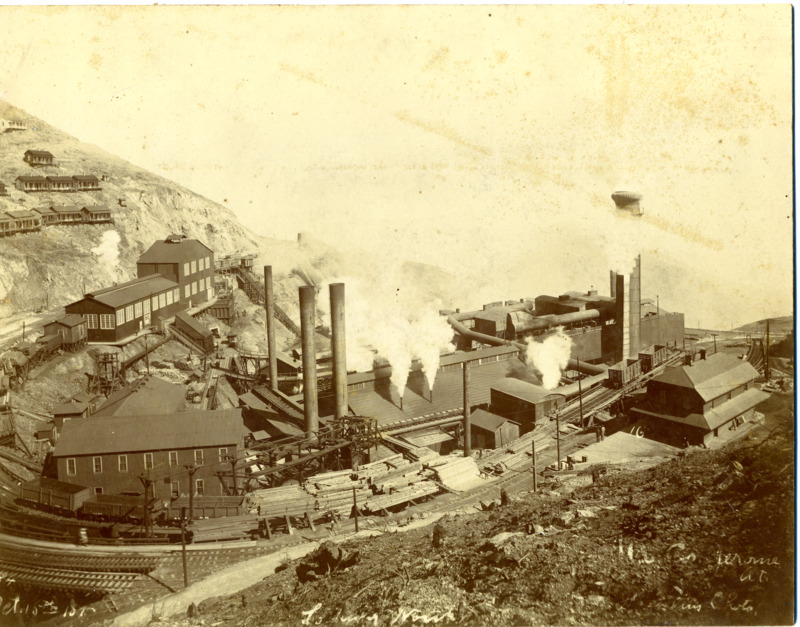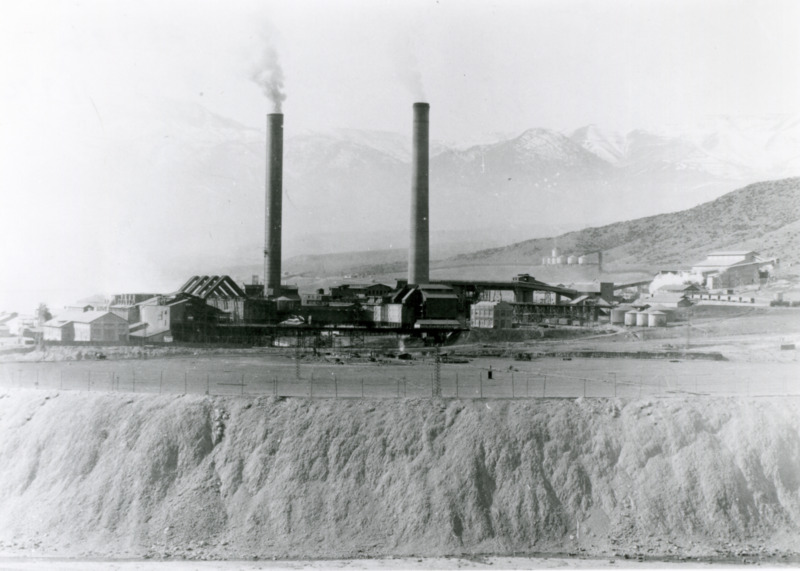In The Beginning
Arizona power Company (APCO) was formed in 1902 to build two hydroelectric plants on Fossil Creek to provide electricity to the mining operations in Jerome and local ranches. The Childs power plant was built in 1908, the same year Henry Ford created the Model T. The plant went online in 1909. The Irving power plant was completed in 1916. William A. Clark, the owner of the United Verde Copper Company, one of the wealthiest and well known men in the West (Clark was estimated to be richer than John D. Rockefeller in 1907), agreed to purchase over a third of the power that the plants would generate. It was attractive and more cost effective, due to the high cost of importing coal and oil used to fuel the smelter to melt down the copper ore in order to extract the pure copper.
William A. Clark founded Clarkdale and constructed the new smelter in Clarkdale in 1912, the same year Arizona became a state. The Clarkdale smelter operated from 1913 to 1953. The United Verde Smelter located in Jerome could no longer keep up with the vast amounts of ore being hauled out of the mines. The smelter was also sitting on ground that continued to settle and shift due to the underground mining. This actually caused mechanical issues with the massive iron and steel equipment. Hence, Clark proceeded to build a larger state of the art smelter in Clarkdale. The increased demand for power could not be met by the Childs Power Plant alone, it was already at capacity. So the Irving power plant was constructed a short distance above Childs power plant on Fossil Creek.
In 1914, the United Verde Copper Company found more copper ore deposits in Jerome and so did the United Verde Extension (UVX) owned by James S. Douglas. 1914 was the beginning of WWI that created a much higher demand of copper, thereby increasing the prices. By 1915, the Childs power plant was running at capacity with all of the power produced under contract, leaving no surplus of power to aid in further expansion of mining efforts and to supply the growing population with electricity. Thereby the construction of the Irving hydroelectric plant began and was completed in 1916. The potential of generating power from Fossil Creek had been maximized and more power was still needed to supply the mining efforts and the growing population.


